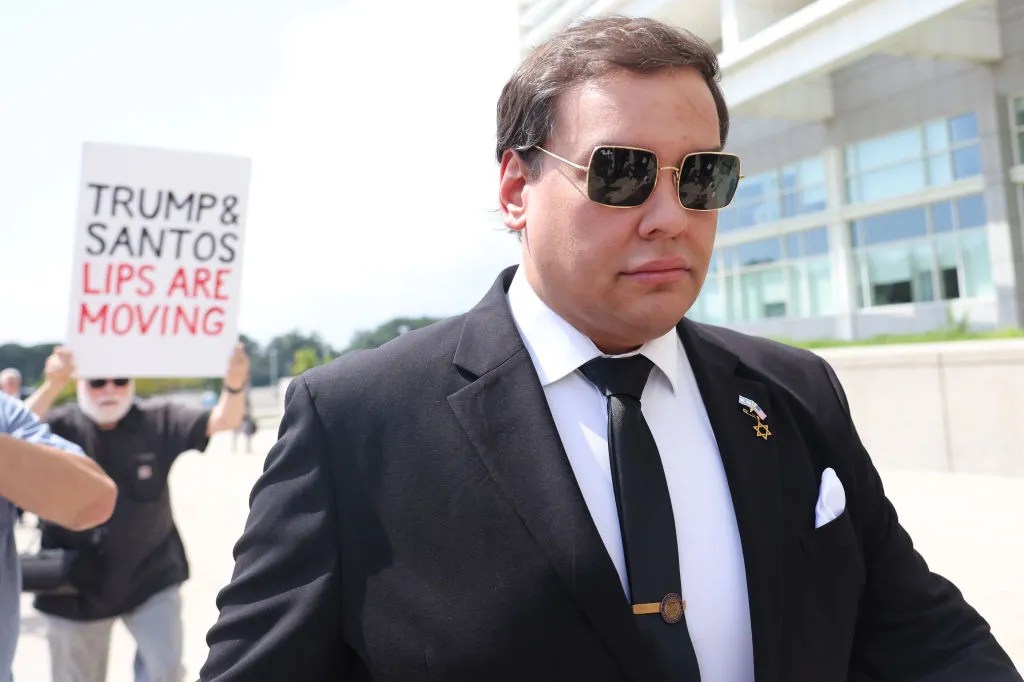Gay sellers, some with AIDS, among those already serving strict prison sentences
At a February 8 town meeting on crystal meth use and HIV among gay men there was a brief discussion on the wisdom of calling on law enforcement to respond to the problem in the gay community.
Law enforcement has already taken note.
“I’m seeing a lot of young, gay men who are getting arrested for crystal meth who appear to be completely ignorant about the incredibly serious consequences,” said Isabelle A. Kirshner, a criminal defense attorney who has represented gay men who were charged with crystal meth possession.
“I am personally aware of probably three to four of these cases.”
The consequences under federal law can be onerous. If 50 grams of pure crystal or 500 grams of mixed product can be tied to a person he or she can face a mandatory sentence.
“Under the statute if you have this amount or if this amount can be attributed to you there is a ten-year mandatory minimum,” Kirshner said. “The bottom line is that a lot of these guys are very sympathetic, they don’t have criminal records, but there is not a lot that judges can do.”
These defendants are not only selling the drug, they are often using crystal as well. Some are HIV-positive or living with AIDS. Kirshner said she had been seeing such cases for two years.
“There is a level of complete shock and utter dismay when you start to talk about the type of time they are facing,” Kirshner said.
State law can be just as severe. An individual who is caught with two ounces or more of crystal or who sells a half ounce faces a potential minimum sentence of three years to life and a maximum sentence of eight and one-third years to life in prison, according to Magda Gandasegui, spokesperson for the Office of Special Narcotics, a state agency.
Special narcotics prosecutes felony drug cases throughout the five boroughs. That office has seen a “very, very slight increase” in crystal meth cases over the past three years, Gandasegui said.
The office had two indictments in 2001, two in 2002, and three in 2003. Some of those defendants have been gay.
“I know we have had cases for crystal meth in the gay community, but they are old,” she said.
In 2001, special narcotics and the federal Drug Enforcement Administration (DEA) joined forces to arrest eight men on crystal possession charges. One was sending twice monthly shipments of crystal from California to a second man in New York City who, in turn, distributed the product through six dealers.
The California man, who was tried in New York, is gay. He pleaded guilty in 2002 and is serving a four years to life sentence. He is also living in the New York state prison system as a person with AIDS.
“He’s not doing all that well,” said Joseph Tacopina, the attorney for the California man. “He had a rough time on Riker’s Island. The prison system is absolutely not equipped to deal with his health problems.”
The California man, who is in his late 50s, is applying for a medical hardship parole, Tacopina said.
Anthony P. Placido, special agent in charge of the DEA’s New York Field Division, would not comment on specific cases, but he told Gay City News that his unit has an “ongoing criminal investigation targeting people who are using [nightclubs] to facilitate drug sales” including sales of methamphetamine. Placido said the crystal problem in New York City was not as severe as that on the West Coast, but it is growing.
“In relative terms, the methamphetamine problem here in New York and on the East Coast is really greatly diminished compared to other parts of the country,” he said. “That said, methamphetamine is a growing problem here. We’ve seen an up tick in the number of clandestine labs used to manufacture methamphetamine here in the State of New York. While these numbers are relatively low, where we do see methamphetamine used, it’s with disastrous results.”
The DEA distinguishes between super-labs, which can manufacture ten kilograms of crystal in one production cycle, and non-super labs that may produce ounces at a time and tend to be associated with people who are both manufacturers and users. Labs in the New York area tend to be non-super labs.
“We’ve seen probably a doubling or a tripling in the number of clandestine laboratories we’ve encountered over the past five or six years,” Placido said. “There is an increase in these labs, but they are not as big or as sophisticated as labs we see in the west.”
The DEA regulates the “listed chemicals,” such as pseudoephedrine, that are used in manufacturing crystal and the agency has an education program it uses to reduce demand.
“We’re involved in all facets of this problem,” Placido said. “We’re certainly aware of the catastrophic results of methamphetamine abuse. We’re very concerned about it both as a public health issue and from the standpoint of law enforcement.”
The DEA tends to target dealers or networks of manufacturers, suppliers and dealers. Generally, the agency will only pursue a case that can result in a mandatory minimum sentence of five years in federal prison or a higher penalty if convicted.



































